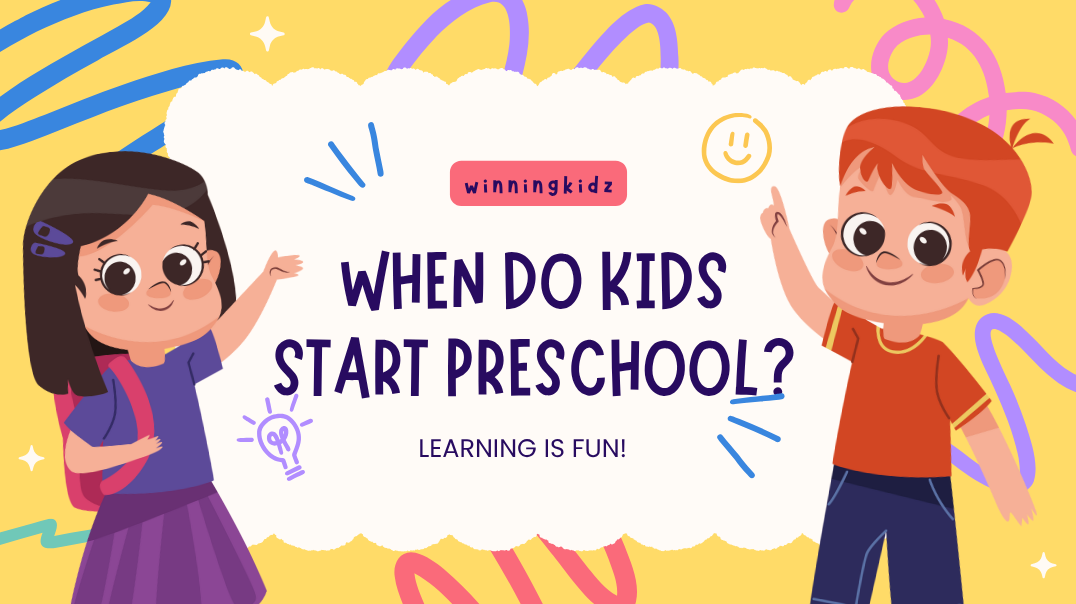When do kids start preschool? Is there a universal age that fits all children? What if a child isn’t ready emotionally? How can I tell if it’s too early or too late? As a school owner or parent, knowing the right time can directly affect a child’s growth and success.
Most children start preschool between the ages of 3 and 5, depending on their emotional, social, and physical readiness. Starting preschool at the right age helps children build independence, social skills, early literacy, and cognitive abilities. It lays the foundation for future academic success and smoother transitions into kindergarten.
Preschool isn’t just about starting school—it’s about starting strong. Knowing the signs of readiness and the benefits of early education will help you prepare the right environment and make informed decisions for your school and students. Let’s explore everything you need to know about when do kids start preschool.
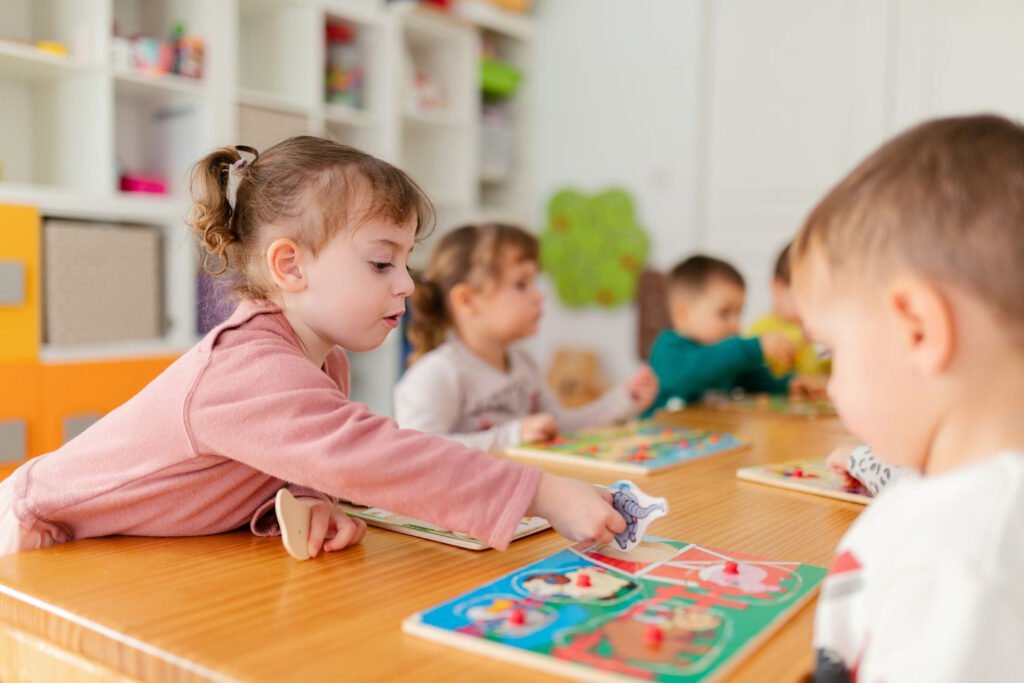
The Benefits of Preschool
When parents or kindergarten founders ask, “When do kids start preschool?” they’re often looking for a specific age, typically between 3 and 5 years old. But behind this question lies something more important: understanding the value that preschool education brings to a child’s early development.
Preschool offers far more than just supervision or playtime. It provides structured opportunities for children to grow in multiple areas. One of the most noticeable benefits is cognitive and language development. Children who attend preschool are exposed to early literacy activities, group discussions, storytelling, and problem-solving games. These interactions help build vocabulary, attention span, and thinking skills that are foundational for later learning.
Social and emotional growth is another key reason parents and educators value preschool. Children learn how to interact with peers, resolve conflicts, take turns, and work together toward common goals. These experiences are essential for preparing a child to function confidently in a group setting. Many families considering when kids start preschool also ask how their child will adjust socially. Preschool is often the best place to develop these skills in a supportive, guided environment.
Understanding when do kids start preschool is essential, but knowing why they benefit from it is even more critical. A well-planned preschool environment nurtures the whole child—academically, emotionally, socially, and physically—giving them the strongest possible start to their educational journey.
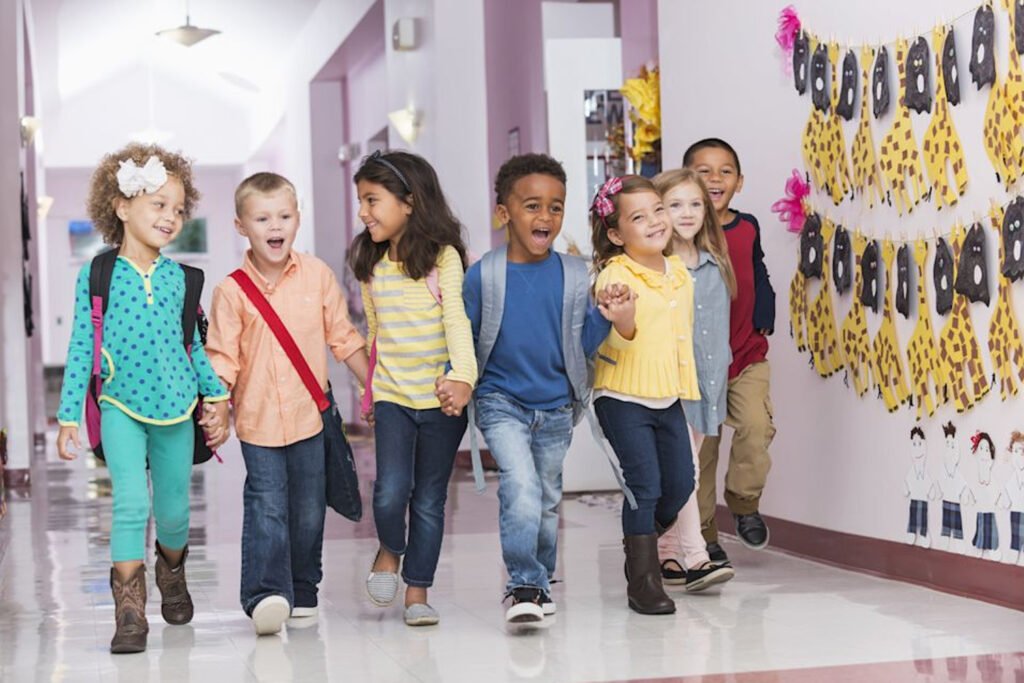
What’s the Typical Preschool Age Range?
When parents or kindergarten founders ask, “When do kids start preschool?”—they’re asking more than just a number. They want to understand the full context: readiness, development, expectations, and long-term educational impact. In the world of early childhood education, age is only one piece of the puzzle.
Understanding the Typical Preschool Age Range
Preschool usually begins between the ages of 3 and 5 years old. This age range is widely accepted internationally, though variations do exist depending on cultural norms, national education policies, and specific kindergarten goals.
In countries like the U.S., Canada, Australia, and many parts of Europe, most children enter preschool at age 3, attending two or three years of early learning programs before kindergarten.
Some children start at age 2.5 if they show early social and developmental readiness, while others begin closer to age 4, especially if a family prefers home care during early toddlerhood.
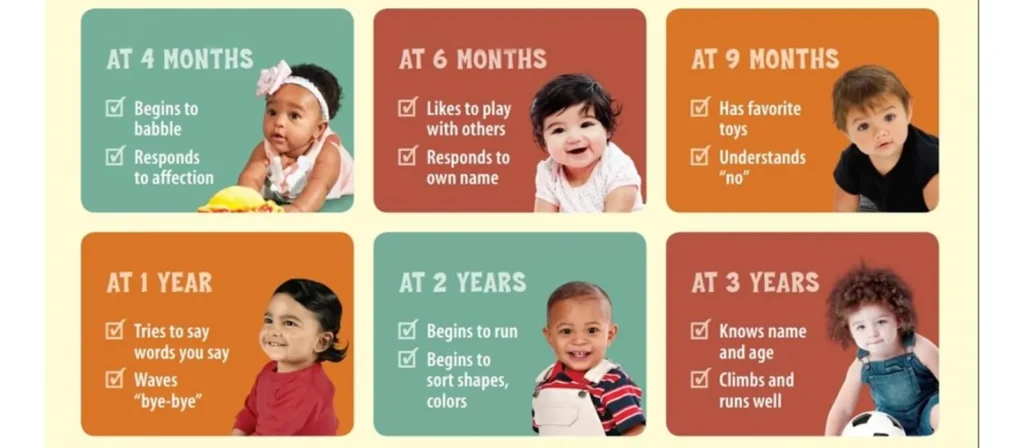
Why the 3–5 Age Range Works Best
At around age 3, children begin to show signs of increased independence, curiosity, and social interaction—core traits that make them ready for a preschool environment. Their cognitive and motor skills are rapidly developing, allowing them to benefit from hands-on, play-based learning.
By age 4 or 5, most children are ready for structured group learning, making this an ideal time to prepare them for the transition into formal schooling.
The typical preschool age range of 3 to 5 allows educators and parents to nurture early literacy, number sense, language skills, and emotional intelligence in a guided yet flexible environment.
Is Earlier Always Better?
Some parents ask if they should enroll their child in preschool as early as 2 years old. The answer depends on the child. Some toddlers thrive in group settings; others need more time to develop confidence or language skills before joining a class.
Signs that a child may be ready earlier include:
- Good separation from parents without extreme anxiety
- Basic potty training
- Interest in peer interaction
- Ability to follow simple instructions
However, starting too early without readiness can cause stress for both the child and the caregiver. That’s why “when do kids start preschool” is not a one-size-fits-all answer—it requires observation and careful planning.

Preschool Age Around the World
Different countries and cultures treat preschool differently:
- United States & Canada: Preschool starts at age 3 or 4. Kindergarten begins at 5 or 6.
- Germany & Scandinavia: Children often attend “Kindergarten” from age 3 until school entry at 6 or 7.
- China & Southeast Asia: Some children start as early as 2.5 in structured daycare-preschool hybrids.
This global variation reinforces why knowing when do kids start preschool depends not just on age, but on educational philosophy, national policies, and family choices.
Whether your students begin at 2.5, 3, or 4, the key is preparing the right preschool setting—safe, developmentally appropriate, and supportive of curiosity and growth.
문의 사항이나 견적 요청이 있으시면 메시지를 보내주세요. 저희 전문가가 48시간 이내에 답변해 드리고, 원하시는 제품을 선택하실 수 있도록 도와드리겠습니다.
What if My Child Isn’t Ready for Preschool?
As a parent or kindergarten owner, one of the most common concerns I hear is: “What if my child just isn’t ready?” While many children thrive between the ages of 3 and 5—the typical time when kids start preschool—not every child is ready at the same pace. And that’s completely normal.
Readiness is about more than age. It’s a blend of emotional maturity, social interaction, communication skills, and physical independence. So if a child doesn’t show all the signs of being ready, it doesn’t mean something is wrong—it just means it might not be time yet, or that they need extra support before making the transition.
Recognizing Signs of Delay or Discomfort
If a child has intense separation anxiety, doesn’t interact comfortably with peers, or struggles with following even simple instructions, these may be signs that they’re not ready for a structured classroom setting. When kids start preschool, they need to have some tolerance for being part of a group, even if they’re shy or introverted.
Some parents feel pressured to enroll their child just because others in their circle are doing it. But forcing preschool too early can result in resistance, stress, and even long-term school aversion. Readiness can’t be rushed—it must be nurtured.
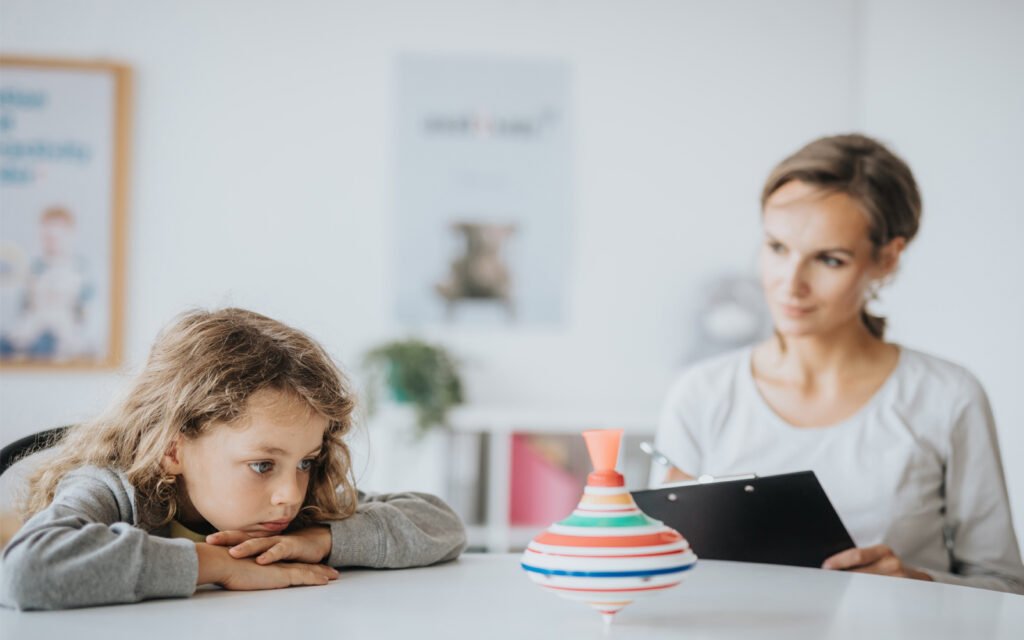
Practical Steps to Support Readiness
Instead of rushing enrollment, focus on building readiness skills gradually at home or through part-time care. Schedule more playdates, practice simple routines like packing a backpack or washing hands, and introduce structured playtime where the child learns to take turns or listen to instructions.
You can also start with a half-day preschool program or a gentle transition plan where the child attends just a few days a week. This flexibility can reduce stress and give the child space to adapt. From the school’s side, designing a calming classroom, offering gradual separation support, and providing a clear daily structure are all ways to help bridge the gap.
Give Your Child More Time
If your child isn’t showing signs of readiness, one of the most respectful and effective choices is to wait. Delaying preschool by a few months—or even an entire school year—can give your child the extra time needed to develop confidence and emotional maturity.
This doesn’t mean you’re denying your child education. Learning happens at home too—through conversation, play, music, and reading. These everyday interactions are rich in language exposure, motor skill development, and emotional bonding. Often, when kids start preschool a little later but with stronger readiness, their adjustment is smoother, and they engage more deeply in classroom learning.
Rather than pushing a child into an environment they may resist, giving them the gift of time helps them feel secure, respected, and understood.

Consider a Transitional Program
For children who are not quite ready for a whole preschool experience but still need some structure, transitional programs can offer the perfect middle ground. These might include parent-child classes, part-time playgroups, or community center early education programs that focus on socialization and basic routines.
In these environments, children are introduced to group settings slowly and in smaller doses. They learn how to interact with peers, follow instructions, and participate in age-appropriate activities—all while having a familiar adult close by or transitioning gradually to independent participation.
Many families use transitional programs as a stepping stone. These experiences can build confidence and prepare children for full preschool entry later. For directors of kindergartens or early learning centers, offering or recommending transitional options shows sensitivity to families.
Is Your Child Ready for Preschool?
One of the most common questions I hear from parents and kindergarten investors alike is: “When do kids start preschool?” While age gives us a basic range—usually between 3 and 5 years old—actual readiness depends on multiple developmental factors. Preschool is more than just playtime. It’s a structured environment where children learn to navigate rules, routines, and relationships.
Whether you’re a parent considering enrollment or a kindergarten owner preparing your facility for the next intake, understanding the real signs of readiness can make or break the success of that early educational experience.
Below, I’ll walk you through key readiness indicators to help determine if a child is developmentally ready for preschool, not just in terms of age, but in behavior, communication, and social-emotional maturity.
Separation Anxiety
Starting preschool often marks the first time a child is away from their parents for an extended period. A manageable level of separation anxiety is natural, but intense distress may signal that the child needs more time.
Preschool requires children to function independently within a group. If a child cannot be comforted or redirected after a parent leaves, they may struggle to engage with the class or even develop aversions to the 유치원 환경. For owners of kindergartens, this is why designing calm, welcoming spaces with transitional routines—like morning rituals or hello songs—can help ease this stage.
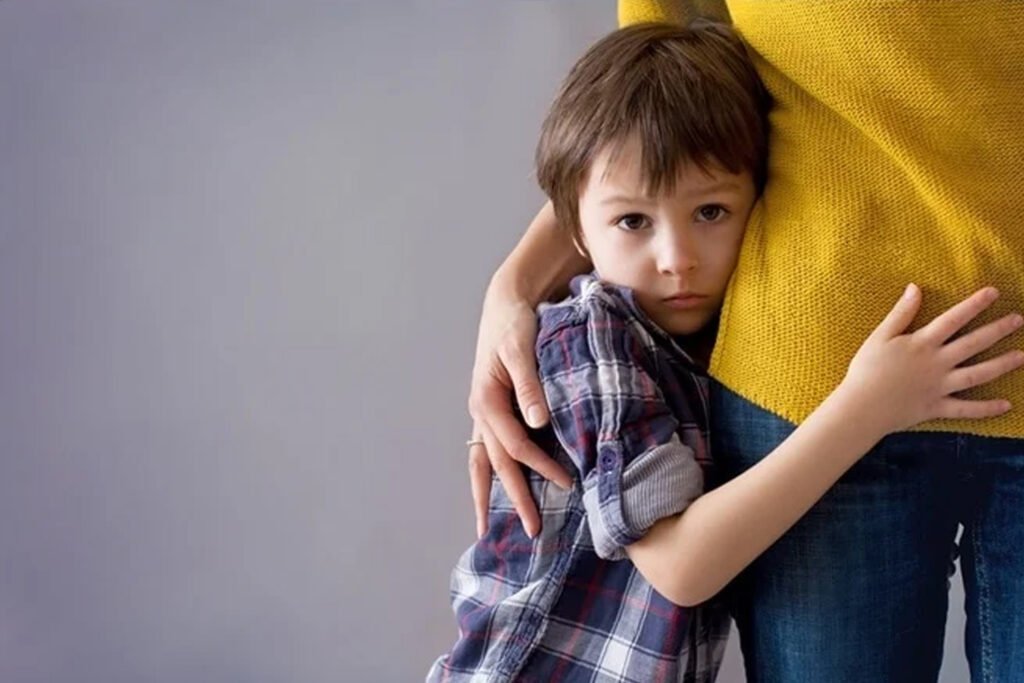
사회 개발
Children don’t need to be extroverts, but they should show interest in others, recognize personal boundaries, and begin to participate in cooperative play. This includes basic skills such as sharing toys, waiting for their turn, and following group activities.
Social development supports smoother transitions into preschool because it allows children to focus less on learning how to interact and more on the educational content. If you’re wondering “when do kids start preschool”, observe how they behave in playgroups—this is often the clearest indicator.
Potty Training
Most preschools, especially in North America and Europe, require children to be toilet-trained before entry. This isn’t just for hygiene—it’s about independence. Can the child recognize when they need to go? Can they manage clothing and hand-washing on their own or with minimal help?
If a child still heavily relies on diapers and avoids the potty, it might not yet be time. For preschools, this means designing child-sized toilets and low sinks to promote self-care skills. The earlier children gain confidence in this area, the fewer classroom disruptions are avoided.
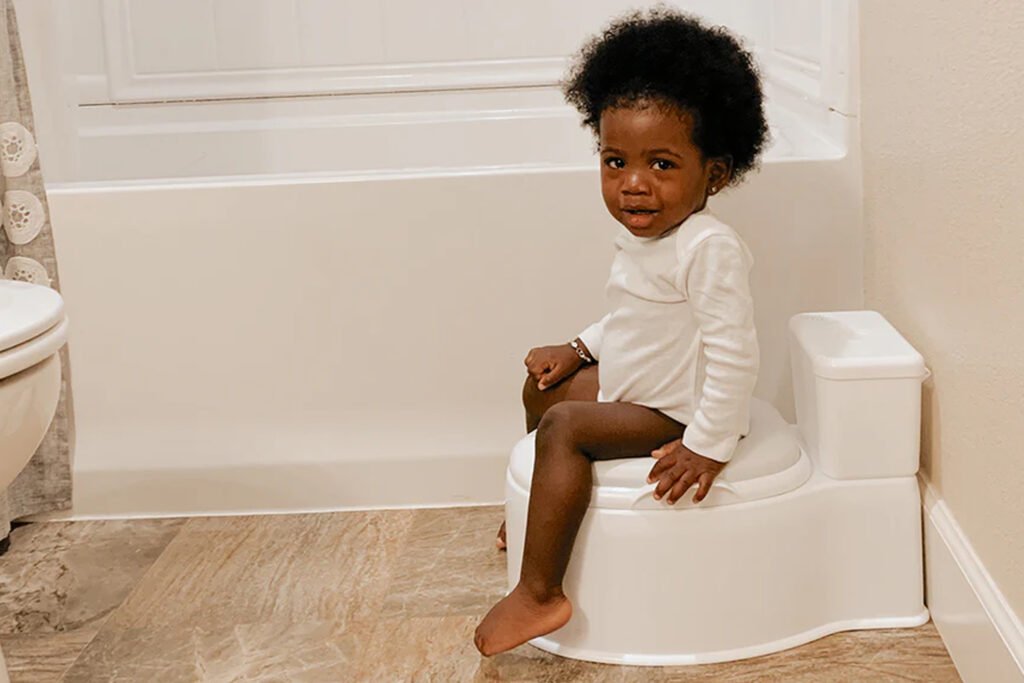
신체 발달
Gross and fine motor skills must be sufficiently developed to allow a child to participate in classroom activities. Can they run, jump, and climb safely on playground equipment? Can they hold a crayon or use child scissors?
A child with age-appropriate physical development will not only stay safe in a preschool environment but will also be able to engage in creative and academic tasks more easily. When assessing when do kids start preschool, consider if the child can manage these basic movements confidently and independently.
Nap Necessity
Preschool schedules often eliminate long naps, especially by age 4. If a child still requires a two-hour nap mid-morning, they might struggle with the stamina required to participate actively throughout a half-day or full-day preschool program.
That said, some programs include quiet time or nap rooms for younger attendees. If you’re opening or furnishing a preschool, consider flexible spaces that accommodate both active and restful children.
Curiosity and Imagination
A love of discovery is at the heart of early childhood education. Children who frequently ask questions, explore objects, role-play, and engage in pretend scenarios tend to thrive in preschool settings.
When a child shows this kind of creative engagement, they are ready to benefit from a structured learning environment. These traits also help them enjoy circle time, storytelling, arts, and collaborative activities. Again, this supports the larger question of when do kids start preschool, not just when they reach a certain age, but when their minds crave learning.
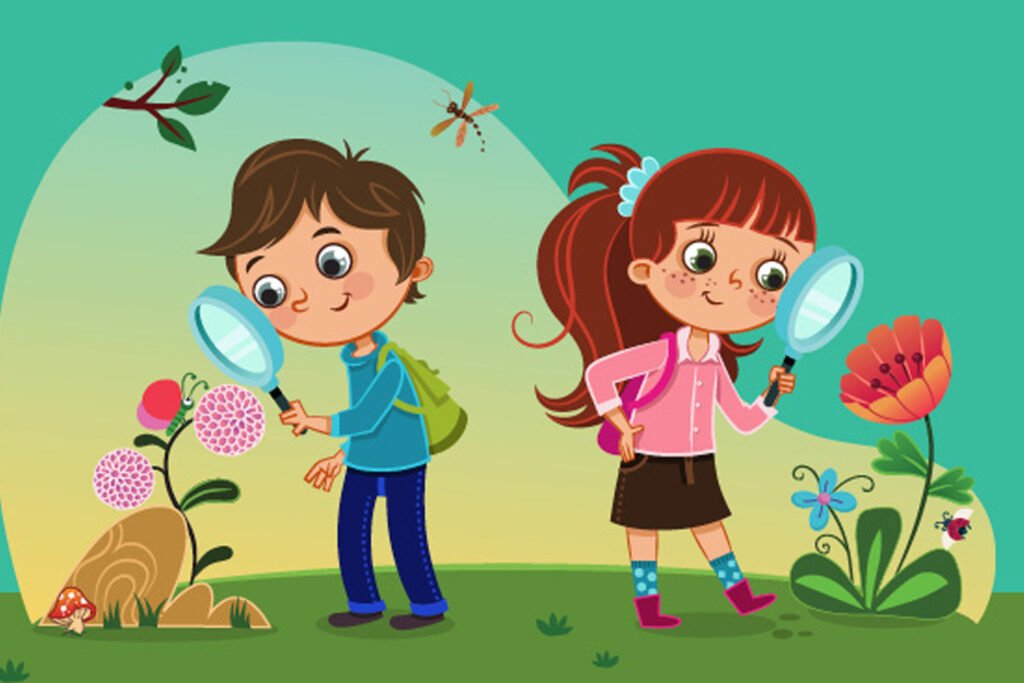
의사소통 능력
Children should be able to express basic needs, desires, and emotions using age-appropriate language. Preschool doesn’t require perfect sentence structure, but children should be able to tell a teacher when they’re hurt, hungry, or need help.
Clear communication helps build relationships, solve conflicts, and follow directions. It also reduces frustration that could lead to tantrums. If a child is still heavily reliant on gestures or screams to communicate, they may need more time at home or in a toddler group setting before transitioning to preschool.
Listening Skills
Preschool classrooms require children to follow multi-step directions, participate in group instruction, and sit for short periods. Listening skills are a foundational part of classroom management.
Can the child follow instructions like “Put your backpack on the hook and come sit on the carpet”? If not, they may require additional guidance and maturity before thriving in a preschool setting. From a school director’s perspective, readiness in this area significantly impacts daily routines and teacher bandwidth.
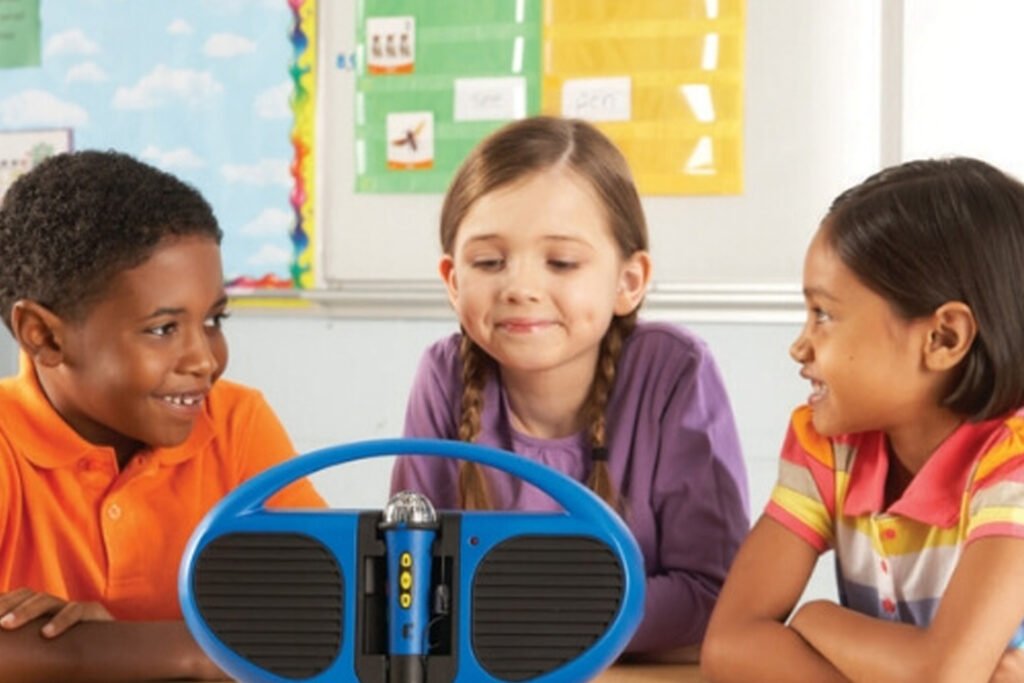
Persistence
Persistence—sometimes called task stamina—is a key trait that signals whether a child is ready to function well in a preschool classroom. It’s not just about how long a child can sit still, but how long they’re willing to stick with a challenging task before giving up.
In a preschool setting, children are introduced to new and sometimes frustrating experiences: cutting shapes, solving puzzles, learning to write, or building with blocks. A child with emerging persistence will try multiple times before seeking help or abandoning the activity. They may say, “I can’t do it,” but still attempt it again after encouragement.
So, how does this relate to when do kids start preschool? Simple. A child who completely shuts down when facing small obstacles may need a bit more time in unstructured environments to build confidence and frustration tolerance. On the other hand, a child who enjoys “figuring things out” is likely to flourish in a preschool where problem-solving and exploration are daily routines.
문의 사항이나 견적 요청이 있으시면 메시지를 보내주세요. 저희 전문가가 48시간 이내에 답변해 드리고, 원하시는 제품을 선택하실 수 있도록 도와드리겠습니다.
Preparing Your Child For Preschool
Knowing when kids start preschool is only part of the equation. Equally important is how well they are prepared for this new chapter. Whether your child is just turning three or nearing five, their success in preschool depends heavily on the preparation done beforehand, not just academically, but emotionally and practically.
Getting a child ready for preschool doesn’t have to be complicated, but it does require intention and consistency. Here are several research-backed and experience-proven methods to help your child feel secure, excited, and confident when that first day arrives.
Visit the School
One of the most effective ways to ease a child’s preschool transition is to schedule a visit to the school before the official start date. Touring the classroom, meeting the teachers, and seeing other children in action can help remove much of the fear of the unknown.
This visit should be more than just a quick walk-through. Let your child explore the space at their own pace. Encourage them to touch the toys, observe the learning corners, and try out the small chairs or cubbies. Familiarity reduces anxiety and builds comfort with the new environment.
For parents who are still asking when do kids start preschool, these visits also provide an opportunity to speak with educators about developmental expectations and observe whether the classroom setup aligns with your child’s current needs and interests.
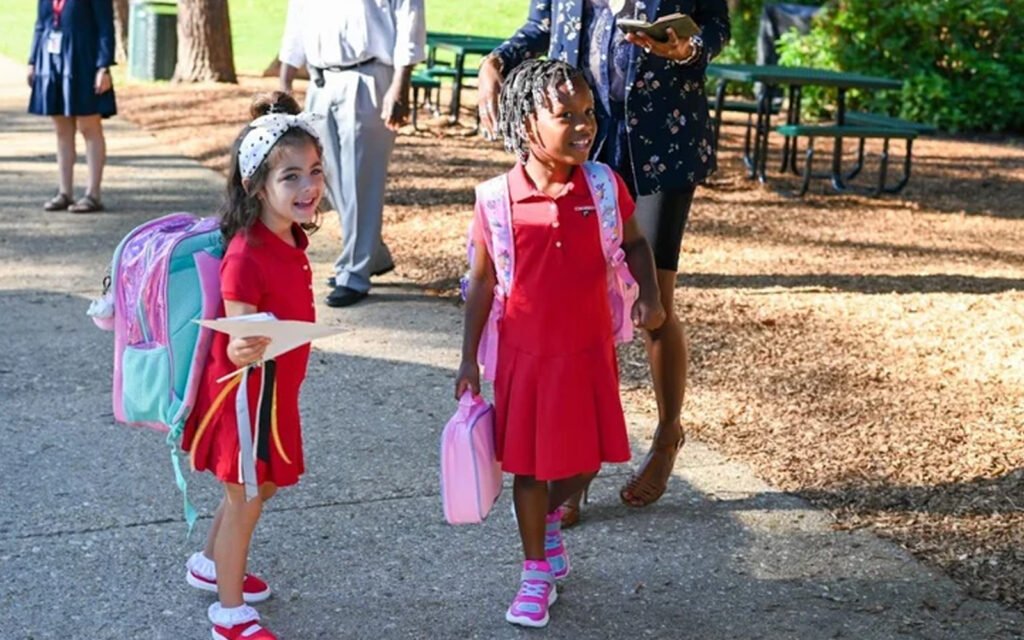
Read Books About Starting Preschool
Children process significant changes best through stories. Reading age-appropriate books about preschool can introduce them to common scenarios—saying goodbye to parents, making friends, following classroom rules—in a way that feels safe and relatable.
Choose books that show preschool in a positive, exciting light. After reading, ask open-ended questions like, “How do you think the little bear felt on his first day?” or “What would you do if you didn’t know anyone in the class?” This builds emotional vocabulary and helps your child imagine themselves in similar situations. Consistently including preschool-themed books in your bedtime routine for several weeks before the first day can help normalize the transition.
Practice Some Simple Self-Help Skills
While academic readiness is not the priority at this stage, self-help skills make a huge difference in a child’s ability to feel confident and capable in preschool.
Focus on encouraging your child to handle basic tasks like putting on their shoes, washing their hands, using the toilet, or unpacking a lunchbox. These may seem small, but they contribute significantly to independence, especially in group settings where the teacher cannot assist each child immediately.
By practicing these tasks at home in a stress-free setting, you not only improve the child’s functionality but also help teachers maintain smoother classroom routines once kids start preschool. If your child struggles with specific tasks, break them down into steps and offer gentle repetition over time.

Engage in Pretend Play to Explore the Concept of Preschool
Pretend play is a powerful tool for building confidence. Set up a simple “pretend preschool” at home using toys, books, and household objects. Take turns playing teacher and student. Practice routines like circle time, story reading, lining up, or cleaning up toys.
This type of role-play allows children to explore potential fears, experiment with social roles, and rehearse preschool behaviors in a fun and imaginative way. It also helps reveal areas where a child may need additional guidance or reassurance.
By doing this regularly in the weeks leading up to the school year, children start to internalize what the preschool day might feel like. It creates emotional safety through repetition and lets parents gently shape expectations. When kids start preschool, those who’ve “played” school before are often more emotionally ready for the real experience.
문의 사항이나 견적 요청이 있으시면 메시지를 보내주세요. 저희 전문가가 48시간 이내에 답변해 드리고, 원하시는 제품을 선택하실 수 있도록 도와드리겠습니다.
What Kind of Furniture Does a Preschool Need?
When kids start preschool, everything in the room—from table height to shelf accessibility—affects how they feel, behave, and learn. Below are key furniture items every preschool should have, along with clear explanations of how each one benefits a child’s cognitive, physical, and emotional growth. Always be the same: create a safe, child-centered, and developmentally appropriate learning space.
테이블과 의자
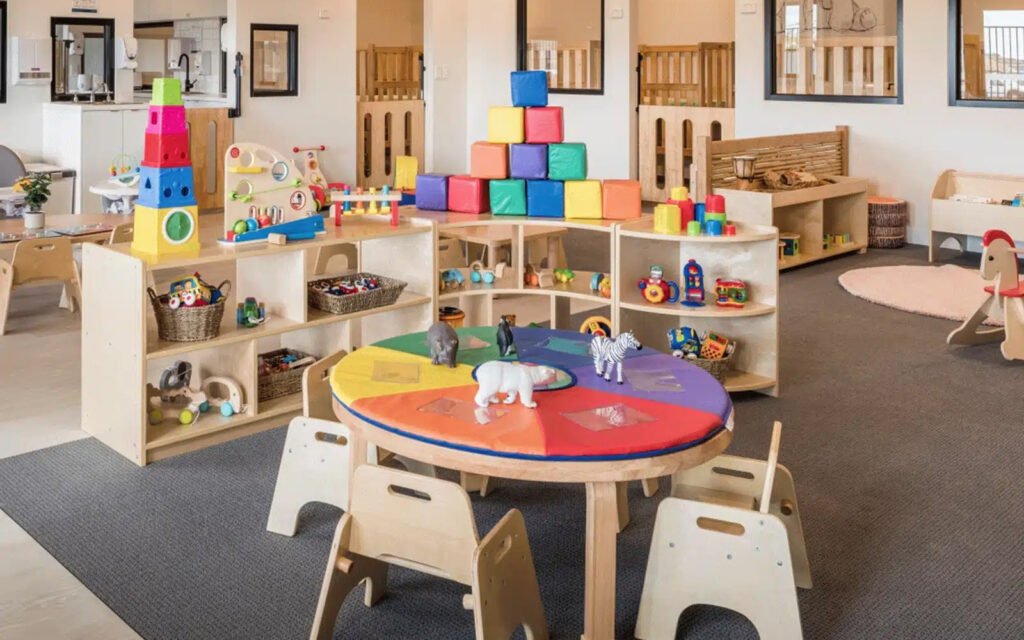
Recommended Product: Adjustable Wooden Table & Ergonomic Chair Set
재료: Solid birch or beech wood with rounded edges and water-based paint
Ideal Age Group: 2.5–6 years
These are the heart of every preschool classroom. Unlike oversized furniture, child-scaled tables and chairs allow children to sit comfortably with their feet flat on the floor and arms resting naturally. This promotes proper posture and reduces fatigue during activities such as drawing, writing, or building with blocks.
From an educational perspective, these tables become social and cognitive work zones. Round or rectangular group tables foster peer collaboration, communication, and the development of early social-emotional skills.
At this age, independence matters. Children who can sit down and stand up without help build self-confidence. They feel in control of their environment, a crucial element of early childhood education.
Shelf Storage
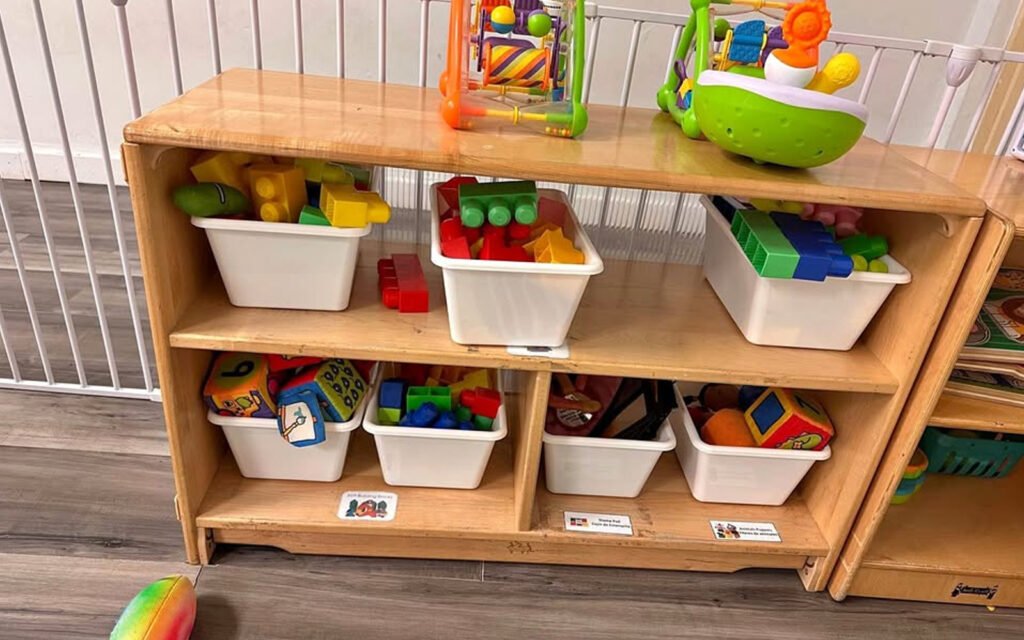
Recommended Product: Montessori-Style Open Display Shelf (low profile)
재료: Sustainable plywood or MDF with natural finish
Ideal Age Group: 2–6 years
Storage isn’t just about organization; it’s about visual access and autonomy. Open shelves allow children to see and reach for materials independently, helping them take initiative in their learning. The arrangement also encourages clean-up and care for the classroom environment, core values in the Montessori and Reggio Emilia philosophies.
These units also support cognitive development by reinforcing categorization skills (sorting toys, books, or art supplies). When paired with clear labels or pictures, they boost early literacy and comprehension.
Accessible storage promotes decision-making. Children begin to manage their own choices—what to play with, when to move on, and where things belong—developing executive function skills from the earliest years.
문의 사항이나 견적 요청이 있으시면 메시지를 보내주세요. 저희 전문가가 48시간 이내에 답변해 드리고, 원하시는 제품을 선택하실 수 있도록 도와드리겠습니다.
Quiet Corners and Cozy Reading Nooks
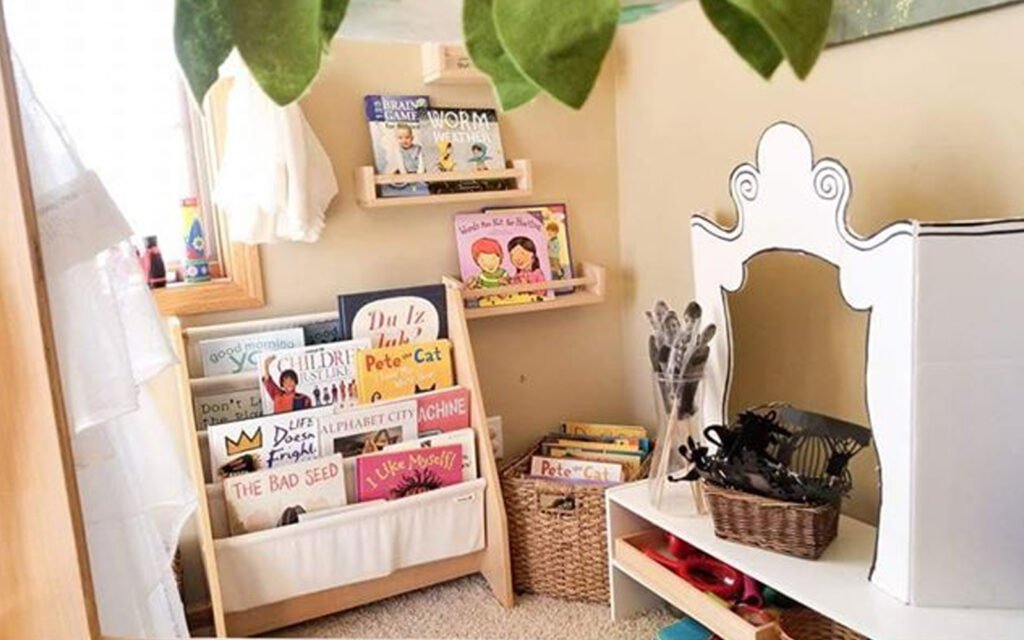
Recommended Product: Soft Seating Pod or Low Bookshelf + Bean Bag Combo
재료: Foam-filled soft chairs, cotton or PU leather covers, non-toxic fabrics
Ideal Age Group: 3–6 years
Preschool can be overstimulating. Cozy corners provide a necessary retreat where children can self-regulate their emotions. These zones support emotional literacy by giving children a calm place to process feelings like frustration or tiredness.
If integrated with bookshelves, these nooks become literacy-rich environments. Children associate reading with calm, safety, and comfort, laying the groundwork for lifelong reading habits.
Especially for younger children just entering school for the first time, knowing there’s a “safe space” gives emotional security, reducing classroom outbursts and anxiety.
Sensory Play Tables (Sand & Water Tables)
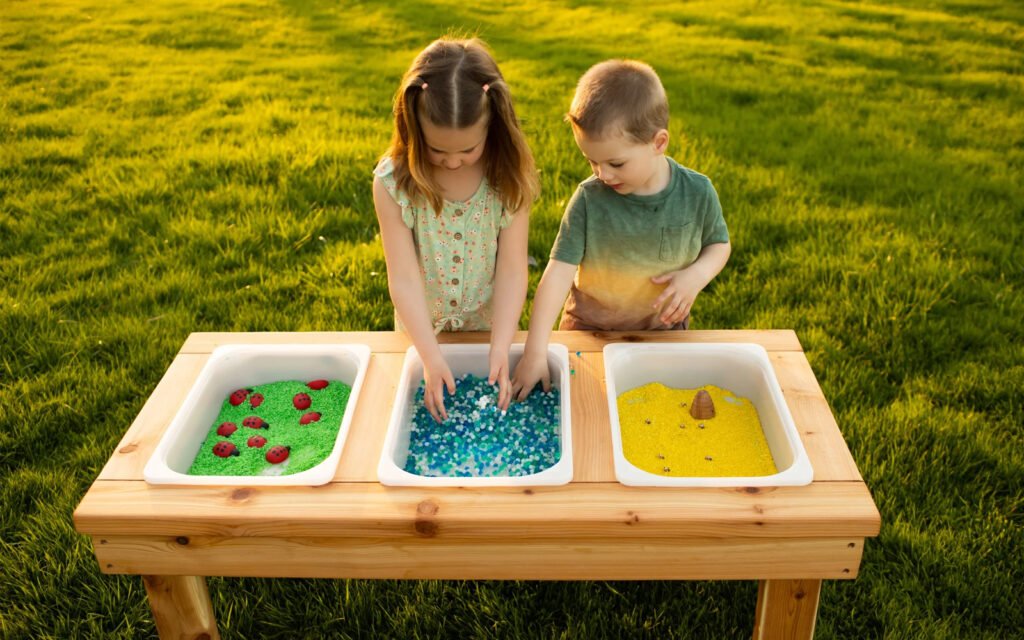
Recommended Product: Dual-Sided Sand and Water Activity Table with Drainage
재료: ABS plastic tray, solid wood or steel base, BPA-free lids
Ideal Age Group: 2.5–6 years
Sensory play is a cornerstone of early childhood development. Water and sand tables offer tactile stimulation, encourage fine motor skill development (e.g., scooping, pouring), and introduce basic science and math concepts (volume, cause-effect).
These tables are also powerful social tools. Children learn to share space and materials, cooperate on imaginary scenarios (like a “construction site” in the sand), and resolve conflicts.
Active sensory play balances the structured parts of the preschool day, helping children stay emotionally regulated and cognitively stimulated.
Storage Lockers
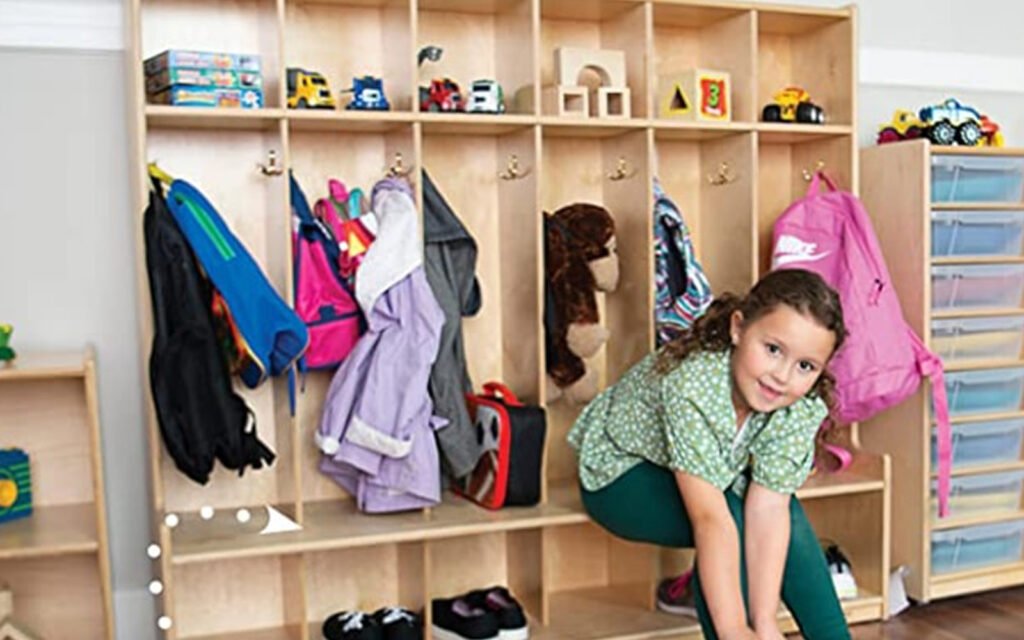
Recommended Product: Individual Storage Locker with Coat Hooks and Name Tag Holders
재료: Laminated MDF, durable edging, child-safe handles
Ideal Age Group: 3–6 years
Children need a space they can call their own—even in a shared classroom. Cubbies provide a sense of ownership and routine. Personalizing a cubby with the child’s name or photo helps them feel like a valued member of the community.
It also teaches responsibility. Storing backpacks, coats, and art folders helps develop executive function skills such as task completion, planning, and self-care.
These small rituals—putting your bag away, storing your shoes—help children transition from home to school smoothly, reinforcing consistency and order.
Climbing and Outdoor learning
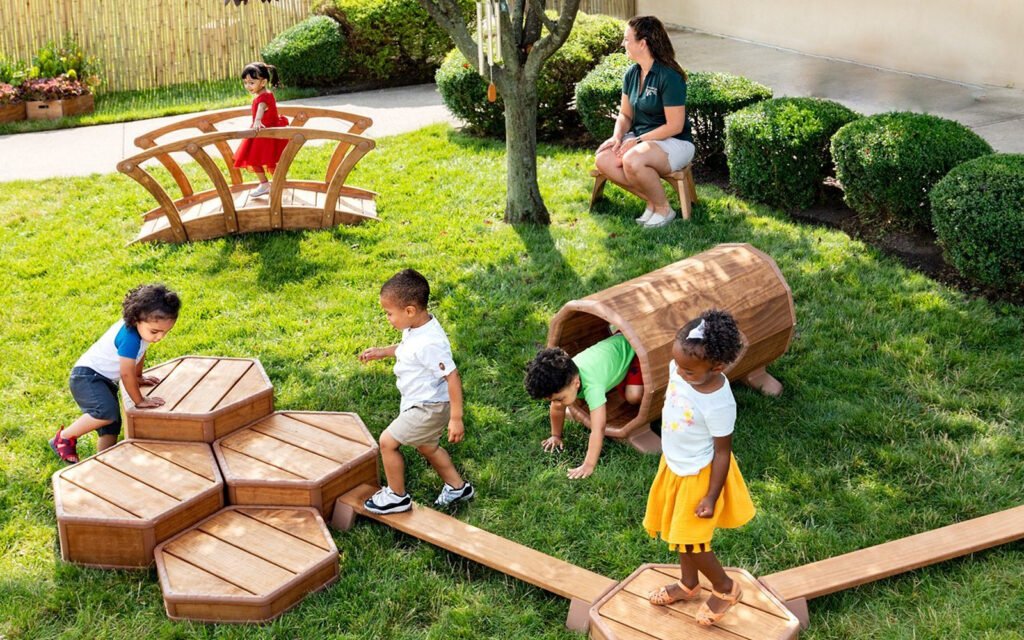
Recommended Product: Montessori Climbing Triangle (Pikler Triangle) + Ramp
재료: Smooth hardwood, non-slip finish
Ideal Age Group: 2–5 years
Children learn with their whole bodies, not just their minds. Climbing structures designed for indoor use promote gross motor development, coordination, and even risk management skills—all critical for early physical literacy.
These furniture pieces can be rotated, climbed, slid on, or used for imaginative play (castles, caves, obstacle courses). They provide movement opportunities indoors, which is essential for preschools in colder climates or urban areas.
Sitting too long can cause behavioral issues. Including movement furniture helps balance the need for learning and physical expression.
문의 사항이나 견적 요청이 있으시면 메시지를 보내주세요. 저희 전문가가 48시간 이내에 답변해 드리고, 원하시는 제품을 선택하실 수 있도록 도와드리겠습니다.
Is Preschool Required?
One of the most common questions we hear from parents and even some early childhood education investors is: Is preschool required? The short answer is: no, preschool is not mandatory in most countries. However, the long-term developmental benefits it offers have made it a near-essential part of early education planning, especially as expectations for kindergarten readiness increase.
Understanding the legal, cultural, and developmental factors behind preschool participation can help both families and kindergarten operators make better-informed decisions about when and how kids start preschool.
Not Legally Required in Most Countries
In countries like the United States, Canada, Australia, and much of Europe, compulsory education usually starts at age 5 or 6 with kindergarten or primary school. Preschool programs—often targeted at 3- to 5-year-olds—are typically optional.
That said, governments in many regions offer public funding or subsidized options to encourage enrollment. In the U.S., for example, programs like Head Start provide access to low-income families, while states like Florida and Georgia offer voluntary pre-K programs to all residents.
For parents wondering whether kids start preschool out of legal obligation or developmental need, it’s essential to know the difference. While not required, preschool is increasingly expected, especially in competitive school districts where children are screened for kindergarten readiness.
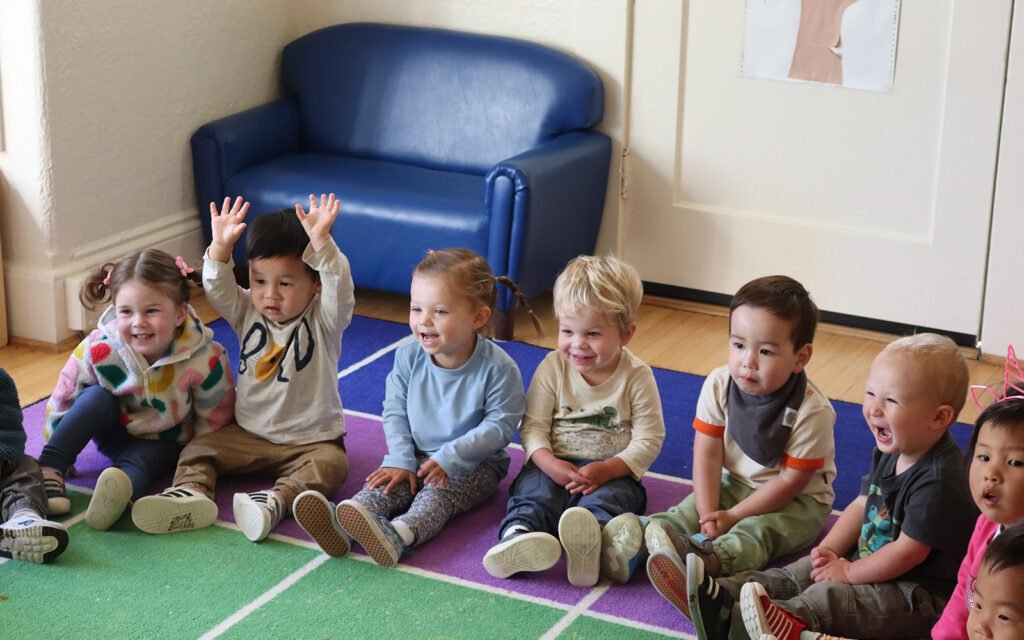
Why “Optional” Doesn’t Mean “Unnecessary”
Although preschool may not be legally required, its value is widely recognized by educators, psychologists, and school administrators. Preschool offers children an early start in:
- Socialization and peer interaction
- Emotional self-regulation
- Language development
- Foundational literacy and math concepts
- Fine and gross motor skill growth
When kids start preschool, they gain structured experiences that are difficult to replicate in home settings, even with highly involved parents. By the time they enter kindergarten, preschool-experienced children are often more independent, communicative, and classroom-ready.
This is why many elementary schools assume some level of preschool exposure. Some private kindergartens or charter schools use preschool attendance and performance as part of their admissions criteria.
Preschool Expectations Are Increasing, Even If It’s Not Mandatory
Although most countries don’t legally mandate preschool, the educational expectations placed on children entering kindergarten have grown significantly in the past decade. Children are now expected to begin school already equipped with basic skills in listening, group behavior, fine motor coordination, and early literacy. This shift has led many parents and school administrators to treat preschool as an essential preparation phase, even when it isn’t formally required.
In this context, the question isn’t just “Is preschool required?” but rather, Can children succeed in modern kindergarten without it? For many families, the answer is no. As a result, knowing when do kids start preschool becomes part of a larger conversation about staying competitive, both academically and socially, from an early age.
Social Pressures and Preschool Enrollment
Beyond legal frameworks, social pressure plays a decisive role in preschool enrollment rates. In many communities, parents feel that skipping preschool may leave their child “behind” compared to their peers. Some even fear it may impact later admission into competitive elementary or private schools, where preschool attendance may be unofficially expected.
This pressure is widespread in urban and high-income areas, where structured early education has become the norm. As a result, even parents who ask “Is preschool required?” may still feel compelled to enroll their child for fear of missing out. For directors and founders of early childhood programs, it’s essential to recognize that when kids start preschool is often influenced as much by perception as it is by policy.
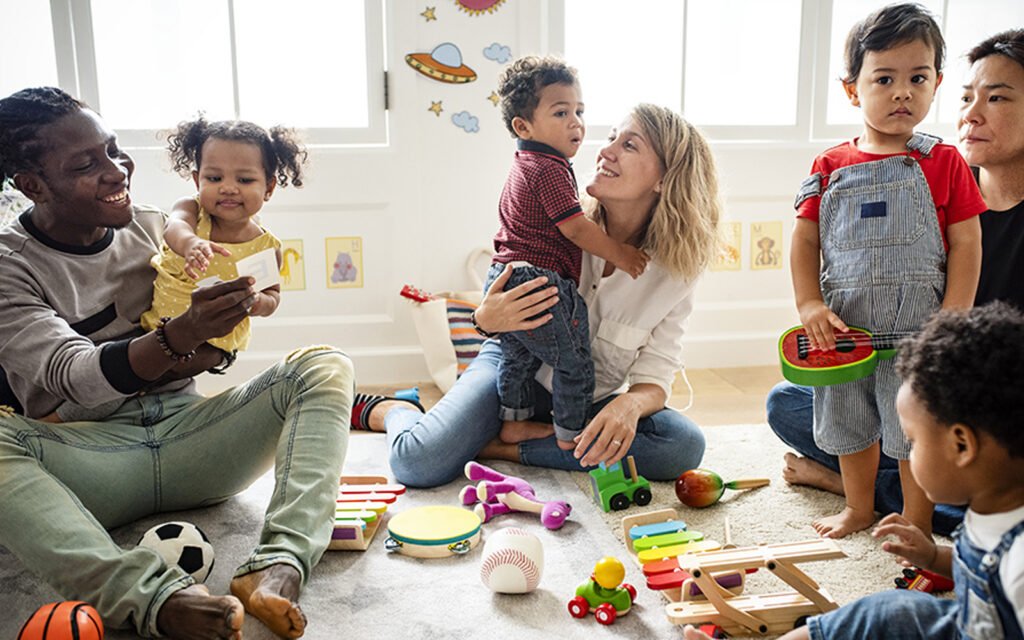
Government Support vs. Parental Choice
In many countries, governments offer publicly funded preschool programs, but participation remains optional. These programs aim to level the playing field, especially for children from disadvantaged backgrounds, by providing access to structured early learning environments. Still, the final decision often lies with the parents, who must evaluate whether their child is ready, whether the school aligns with their values, and whether the timing is right.
This dynamic creates a unique tension: preschool may not be officially required, yet it is strongly incentivized and encouraged through public funding, social messaging, and school expectations. For parents navigating this decision, understanding when kids start preschool is not just about choosing a date—it’s about aligning personal values with broader educational systems, and preparing their child for what comes next.
자주 묻는 질문
1. When do kids start preschool if they were born late in the year?
Children born in the later months—such as October to December—often start preschool the following academic year, depending on local cut-off dates and developmental readiness. While age plays a role, schools typically consider social maturity, communication skills, and attention span before placing a child in a preschool group.
2. Can my child start preschool before age 3?
Yes, some children begin pre-preschool or toddler programs as early as 2.5 years old, especially if they show early signs of independence, curiosity, and the ability to follow simple routines. However, full-day preschool is most effective when the child is emotionally and physically ready. It’s essential to evaluate these readiness factors rather than relying solely on age when deciding when do kids start preschool.
3. Is it okay if my child doesn’t start preschool until age 4 or 5?
Absolutely. Every child develops on their timeline. Starting preschool at age 4 or even 5 can still offer major developmental benefits, especially in areas like social-emotional skills, pre-literacy, and group learning. Parents often ask when do kids start preschool, but the real question is: when is the child ready to benefit from structured learning?
4. Do children in different countries start preschool at different ages?
Yes. For example, children in Finland or Germany often start preschool later (around age 4–5), while in China and Vietnam, programs for children as young as 2.5 are common. These variations are influenced by national education policies, cultural expectations, and childcare availability. Knowing the local norms helps schools and parents decide when kids start preschool in their region.
5. How does furniture choice support the age when kids start preschool?
Preschool furniture should match the age and size of the children to support healthy posture, safe movement, and task independence. For example, a 3-year-old needs lower shelves and smaller chairs than a 5-year-old. Choosing the right classroom furniture improves comfort and engagement, especially in the early weeks when kids start preschool and are adjusting to a new learning environment.
6. Why is the question ‘When do kids start preschool’ so important for kindergarten planning?
Because timing affects classroom design, enrollment strategy, staffing, curriculum development, and even marketing. If you’re a kindergarten owner or wholesaler, understanding when kids start preschool helps you forecast furniture needs, design age-appropriate spaces, and create programs that match developmental windows—ultimately improving child outcomes and parent satisfaction.
결론
Understanding when kids start preschool is more than just identifying an age—it’s about recognizing developmental readiness, emotional maturity, and learning environment quality. While preschool may not be legally required in most regions, it has become a crucial step in a child’s early education journey, offering social, emotional, physical, and cognitive benefits that are difficult to replicate at home.
Whether a child begins at age 2.5, 3, or 5, the success of their preschool experience depends heavily on thoughtful preparation and a well-designed environment. That’s where high-quality preschool furniture comes in: child-sized tables, open shelves, cozy nooks, sensory play equipment, and safe storage all play essential roles in building independence, safety, and engagement from day one. From managing separation anxiety to creating developmentally aligned classrooms, every detail counts.

